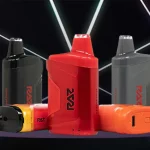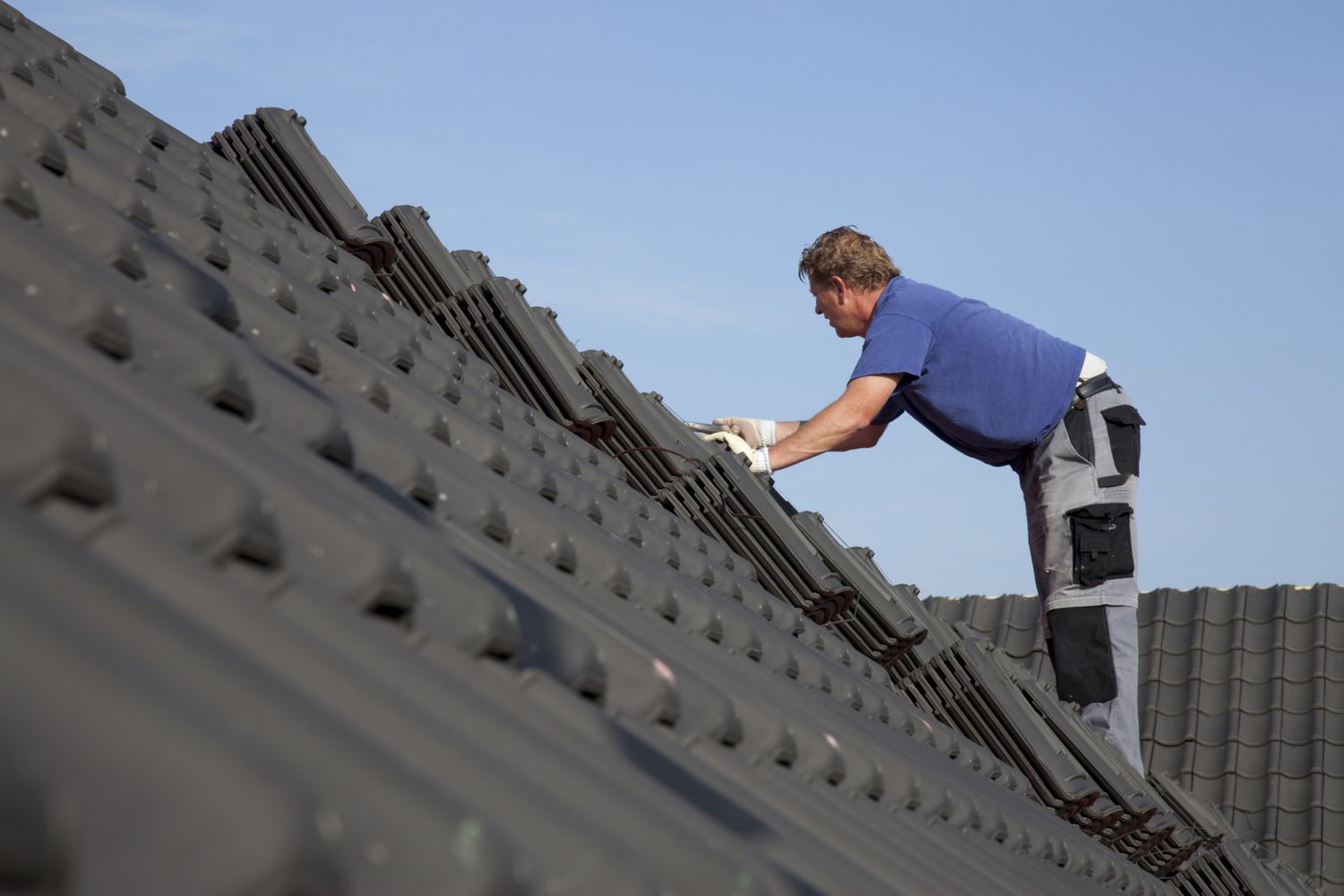Solar Power Systems provide a green alternative to traditional electricity. This system allows the homeowner to reduce their energy costs and to help save the environment from CO2 emissions caused by coal power generation. A typical 5,000 watt system offsets the equivalent of 16,000 pounds of carbon per year. This makes it an excellent option for those with a strong environmental consciousness, those in remote locations and/or for those wanting to hedge against rising utility prices.
Solar PV (photovoltaic) energy systems consist of a number of different components including solar panels, inverters, support structures and electric cables. The solar panels convert the sun’s rays into electricity using photovoltaic cells. The inverters are electronic devices that change the direct current (DC) from the solar panels into alternating current (AC) used by residential and commercial users. The inverters also have built-in safety features and protections.
The amount of electricity a system produces depends on the size of the solar modules, the roof surface and many other factors. System sizes are determined by evaluating the expected electricity usage and/or by utilizing many online calculators. In general, homeowners aim for a solar energy system to offset 100% of their regular electricity consumption. This is only possible if the system is properly sized, however.
It is important to consult with an experienced, certified professional when deciding on the correct size of your solar energy system. Unlicensed and low-cost installers are known to cut corners, leave holes in rooves and other unsafe practices which can greatly affect the performance of your solar energy system.
Grid-tied solar systems are able to export the excess electricity they produce to the power grid. This is known as net metering. However, the amount of electricity produced is dependent on the time of day and weather conditions. In addition, grid-tied systems will not operate during a power outage. However, hybrid systems with battery storage are able to isolate from the grid and continue to generate electricity.
In addition to net metering, some states and localities offer rebates and incentives to help offset the initial installation costs of a solar energy system. These financial benefits can significantly reduce the total cost of ownership and allow a quick return on investment.
Whether you’re a small business owner or an enterprise, an increasing number of companies are choosing to switch to a green power solution that can dramatically lower their utility bills and carbon footprint. For many, this is an opportunity to differentiate themselves in the market by demonstrating their commitment to sustainability.
A solar PV energy system can reduce or even eliminate your energy bills, saving you thousands of dollars over the lifetime of your system. This is especially true for commercial and industrial businesses that are subject to volatile energy rates. By switching to a renewable energy source, these businesses can stabilize their utility costs and improve cash flow. With many states offering financial incentives, these savings can quickly add up.









